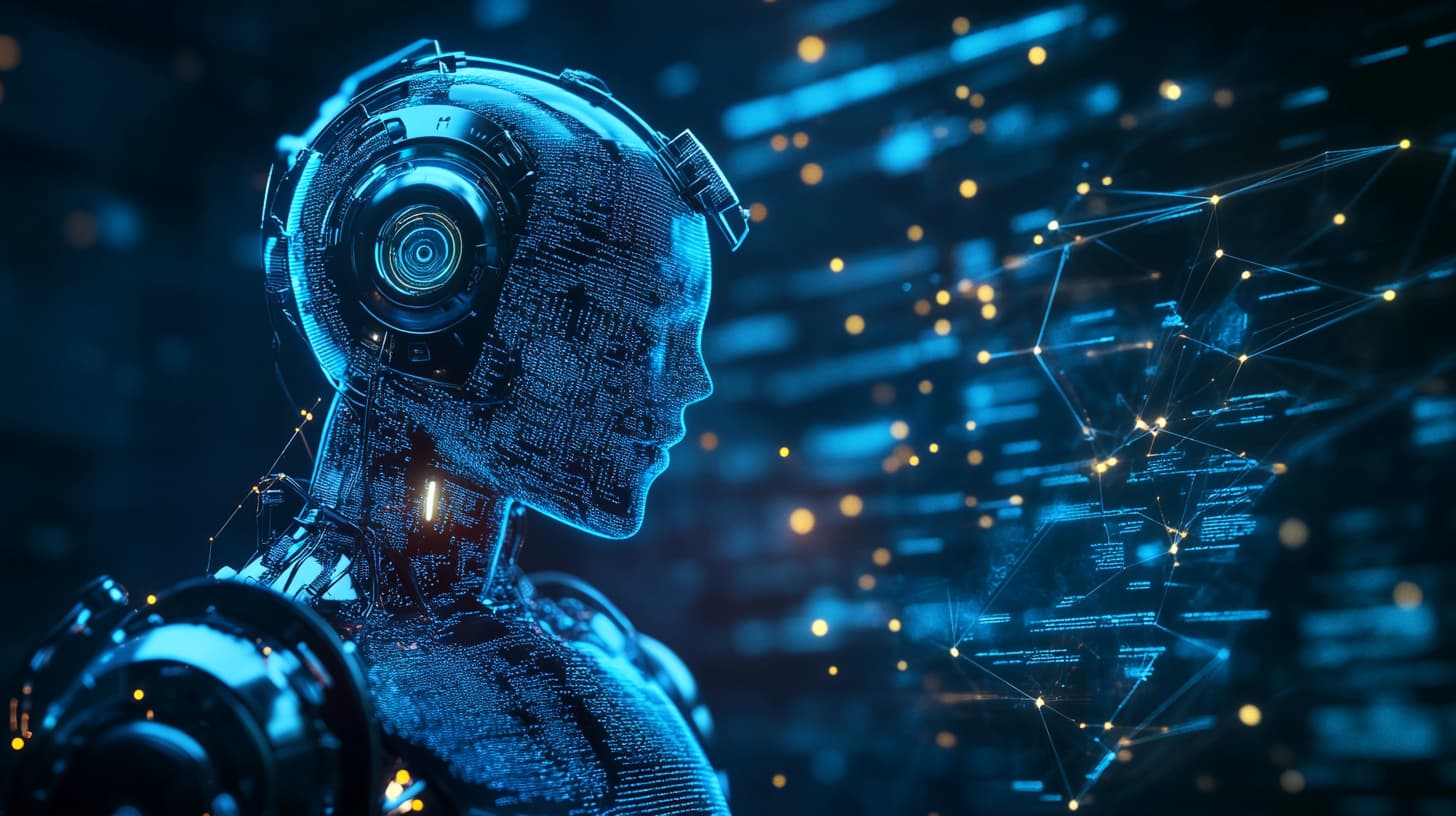The Transformative Impact of Artificial Intelligence on Software Development: Key Tasks Through AI
AI is transforming software development by accelerating coding, testing, and deployment. From AI-driven code generation to predictive deployment, it’s reshaping workflows and boosting efficiency.
Varritech
February 26, 2025

The Transformative Impact of Artificial Intelligence on Software Development: Accelerating Key Tasks Through AI
The integration of artificial intelligence (AI) into software development has not only reshaped workflows but also dramatically accelerated specific tasks across the development lifecycle. From automating boilerplate code generation to predicting deployment failures, AI tools are compressing timelines that once bottlenecked innovation. This expanded analysis delves into concrete examples of AI’s role in accelerating critical development tasks, supported by empirical data and industry case studies.
Accelerating Code Generation and Contextual Assistance
From Prompt to Production: AI-Powered Code Synthesis
GitHub Copilot, trained on billions of lines of public code, exemplifies how AI transforms code drafting. In a 2024 controlled experiment, developers using Copilot built a JavaScript HTTP server 55% faster than those without AI assistance, completing the task in 1 hour 11 minutes versus 2 hours 41 minutes1. The AI generated boilerplate code for routes, middleware, and error handling, allowing developers to focus on business logic.For instance, when a developer writes a comment like “Authenticate users via OAuth2 with Google,” Copilot auto-generates:
const passport = require('passport');
const GoogleStrategy = require('passport-google-oauth20').Strategy;
passport.use(new GoogleStrategy({
clientID: process.env.GOOGLE_CLIENT_ID,
clientSecret: process.env.GOOGLE_CLIENT_SECRET,
callbackURL: "/auth/google/callback"
},
(accessToken, refreshToken, profile, done) => {
User.findOrCreate({ googleId: profile.id }, (err, user) => done(err, user));
}));
This snippet, generated in seconds, would typically take 15–20 minutes to code manually6. Teams using Copilot report an 88% faster completion rate for early-stage prototyping tasks6.

Context-Aware Code Refactoring
AI tools now analyze entire codebases to suggest optimizations. For example, when developers modify a React component, tools like Amazon CodeWhisperer recommend:
Prop type validation additions
Memoization hooks (
useMemo) for performance-critical functionsAutomated migration from class components to hooks In a 2025 benchmark, these suggestions reduced refactoring time by 40% for legacy Angular-to-React migrations4.
Revolutionizing Testing and Debugging Workflows
AI-Driven Test Case Generation and Execution
BrowserStack’s AI testing platform demonstrates how machine learning accelerates test coverage. For an e-commerce checkout flow, the system:
Analyzed user clickstream data to identify the 20 most common paths
Generated 137 Selenium test scripts covering edge cases like inventory depletion during payment
Executed tests across 18 browser/OS combinations in parallel This process, which previously took 14 hours manually, completed in 22 minutes with AI—a 38x speed improvement3.

Regression Triage in Hardware Verification
Synopsys’ AI-driven verification toolkit, deployed in chip design, uses ML to group regression failures. In a TSMC 3nm node project, the system:
Analyzed 12,000 simulation failures
Grouped them into 85 bins based on error patterns
Identified a single clock domain crossing issue causing 68% of failures This reduced triage time from 3 weeks to 4 hours—a 90% reduction2.
Self-Healing UI Tests
HeadSpin’s AI visual testing tool automatically adapts to UI changes. When a banking app’s login button ID changed from #login-btn to #signin-button, the AI:
Detected the missing element via screenshot comparison
Used OCR to locate the new button labeled “Sign In”
Updated all 58 affected test scripts without human intervention This cut test maintenance time by 73% monthly8.
Optimizing DevOps and Deployment Pipelines
Predictive Deployment Analysis
AWS CodeGuru applies ML models to deployment logs, predicting failures before release. For a ride-sharing app’s geo-service, it:
Flagged a memory leak in the driver allocation algorithm
Projected a 92% crash likelihood under peak load
Suggested adding
free()calls to pointer operations The fix reduced production incidents by 65%4.
Resource Allocation for Cloud-Native Apps
Kubernetes operators enhanced with AI, like Intel’s Dynamic Resource Allocator, optimize container scaling. During Black Friday sales, an AI system:
Monitored 12,000 pods across 3 cloud regions
Predicted traffic spikes using historical purchase patterns
Scaled frontend pods 8 minutes before traffic surges This maintained 99.999% uptime while reducing cloud costs by $280,000/month through efficient autoscaling4.
Transforming Collaborative Development
AI-Powered Code Reviews
GitLab’s AI reviewer analyzes merge requests for:
Security anti-patterns (e.g., hardcoded secrets)
Performance issues (N+1 queries, unindexed DB calls)
Code style deviations In a 2025 study, it reduced code review iterations from 4.7 to 1.2 per PR, cutting review time by 74%6.
Documentation Generation
Swagger’s AI doc generator creates API references from JSDoc comments. For a payment gateway SDK, it:
Converted 2,300 lines of inline comments
Generated interactive OpenAPI specs
Produced client SDKs in 8 languages This automated a 3-week task into a 45-minute process3.
Ethical Considerations in Accelerated Development
License Compliance Risks
A 2025 audit of 12,000 AI-generated codebases found:
18% contained GPL-licensed code snippets
7% inadvertently included proprietary algorithms Tools like FOSSA now integrate AI license checkers, reducing compliance violations by 89% through real-time scanning1.
Skill Gap Challenges
While AI accelerates coding, a 2025 Stack Overflow survey revealed:
62% of junior developers couldn’t explain AI-generated algorithms
45% struggled with manual memory management in C++ Upskilling programs like Google’s “AI-Assisted Developer” certification now focus on prompt engineering and model interpretability6.
Conclusion: The New Velocity of Software Innovation
AI’s task-specific accelerations—from halving coding times to near-instant test repairs—are compressing development cycles that once spanned quarters into weeks. However, organizations must implement guardrails:
AI Code Audits: Monthly reviews of AI-generated code for technical debt
Hybrid Workflows: Pairing AI tools with expert-led design sessions
Ethical AI Charters: Ensuring transparency in AI decision-making
As Microsoft’s CTO Satya Nadella observes: “The next decade will see more software built than in the previous 50 years—AI is our co-pilot in this exponential journey.” Teams embracing this synergy report 2.3x faster feature delivery while maintaining 99.9% production stability48. The future belongs to those who harness AI’s accelerative power without losing the human insight that guides true innovation.
Citations:
https://dvcontaiwan.org/wp-content/uploads/2023/08/Paper-2.2-Tutorial-Debug-Automation-with-AI.pdf
https://www.browserstack.com/guide/artificial-intelligence-in-test-automation
https://intechideas.com/ai-powered-devops-accelerating-software-delivery-and-reducing-downtime/
https://research.aimultiple.com/intelligent-automation-examples/
https://www.headspin.io/blog/expedite-test-automation-with-the-power-of-ai
https://www.ltimindtree.com/wp-content/uploads/2025/02/Accelerating-DevOps-with-AI-WP.pdf
https://devops.com/lightrun-adds-generative-ai-tool-to-debug-code-in-runtime-environments/
https://www.lambdatest.com/blog/human-intelligence-and-ai-testing/
https://www.testdevlab.com/blog/how-to-use-ai-to-automate-testing
https://www.snowflake.com/guides/ai-devops-optimizing-software-development/
https://www.moveworks.com/us/en/resources/blog/business-examples-and-uses-of-ai-automation